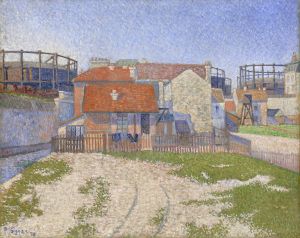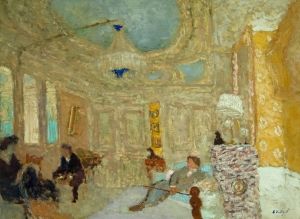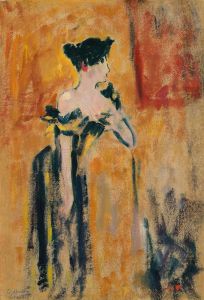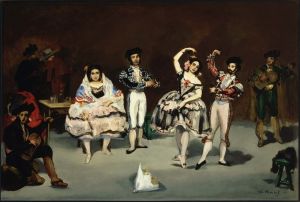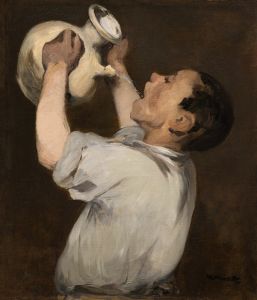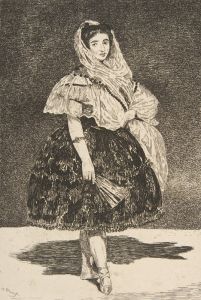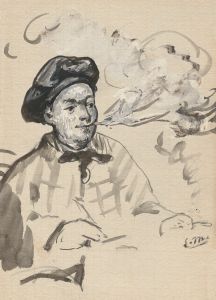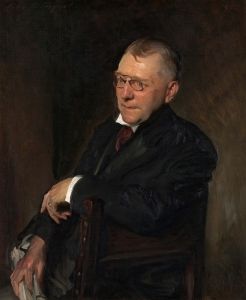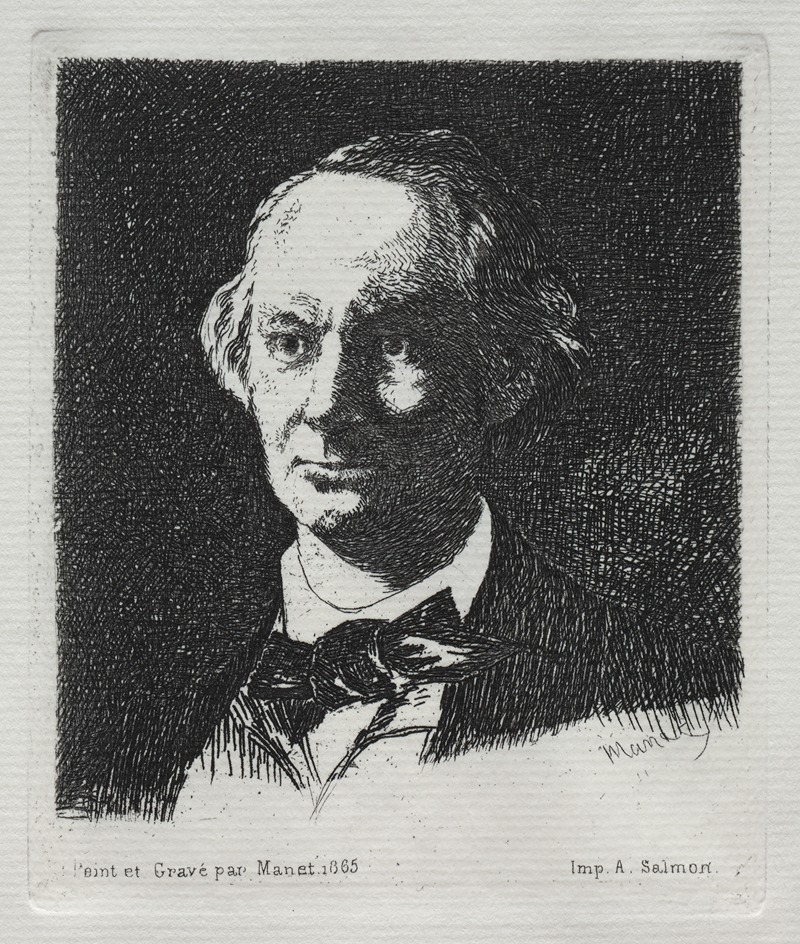
Charles Baudelaire
A hand-painted replica of Édouard Manet’s masterpiece Charles Baudelaire, meticulously crafted by professional artists to capture the true essence of the original. Each piece is created with museum-quality canvas and rare mineral pigments, carefully painted by experienced artists with delicate brushstrokes and rich, layered colors to perfectly recreate the texture of the original artwork. Unlike machine-printed reproductions, this hand-painted version brings the painting to life, infused with the artist’s emotions and skill in every stroke. Whether for personal collection or home decoration, it instantly elevates the artistic atmosphere of any space.
Édouard Manet's painting "Charles Baudelaire" is a notable work that captures the likeness of the influential French poet and critic Charles Baudelaire. Manet, a pivotal figure in the transition from Realism to Impressionism, was known for his modern approach to painting and his interest in contemporary subjects. Baudelaire, on the other hand, was a central figure in the symbolist and modernist movements in literature, best known for his seminal work "Les Fleurs du mal" ("The Flowers of Evil").
The relationship between Manet and Baudelaire was one of mutual respect and influence. Baudelaire was an early supporter of Manet's work and often defended him against the harsh criticism that Manet's paintings sometimes received. Baudelaire's writings on art and his advocacy for modernity in art were influential in shaping Manet's approach to painting. In turn, Manet's depictions of contemporary life resonated with Baudelaire's literary themes.
The painting "Charles Baudelaire" by Manet is believed to have been created around 1862. It is an oil on canvas portrait that captures Baudelaire in a thoughtful pose, reflecting his intellectual and introspective nature. Manet's technique in this portrait is characterized by his loose brushwork and a focus on capturing the essence of his subject rather than meticulous detail. This approach aligns with the broader Impressionist movement, which sought to convey the impression of a moment rather than a detailed, realistic depiction.
Manet's portrait of Baudelaire is significant not only for its artistic qualities but also for its representation of the close relationship between two major figures in 19th-century French culture. The portrait is a testament to the intersection of visual art and literature during this period, highlighting how artists and writers influenced and supported each other's work.
The painting is part of a broader context of Manet's work, which often included portraits of his contemporaries, capturing the intellectual and cultural milieu of Paris during the mid-19th century. Manet's portraits are known for their psychological depth and ability to convey the personality and mood of the sitter, qualities that are evident in his depiction of Baudelaire.
Today, Manet's "Charles Baudelaire" is appreciated not only as a work of art but also as a historical document that provides insight into the relationship between two of the most important figures in French art and literature. The painting is housed in the Musée d'Orsay in Paris, where it continues to be studied and admired by art historians, scholars, and the general public alike.
In summary, Édouard Manet's portrait of Charles Baudelaire is a significant work that exemplifies the connection between art and literature in 19th-century France. It reflects the mutual influence and respect between Manet and Baudelaire, capturing the essence of a poet who was as much a part of the visual arts scene as he was of the literary world.





